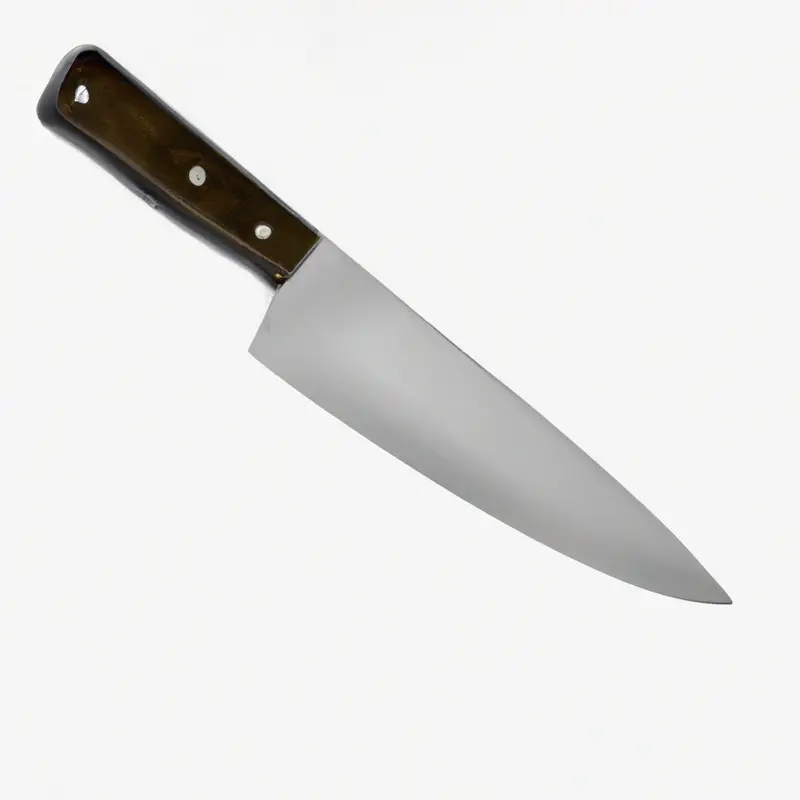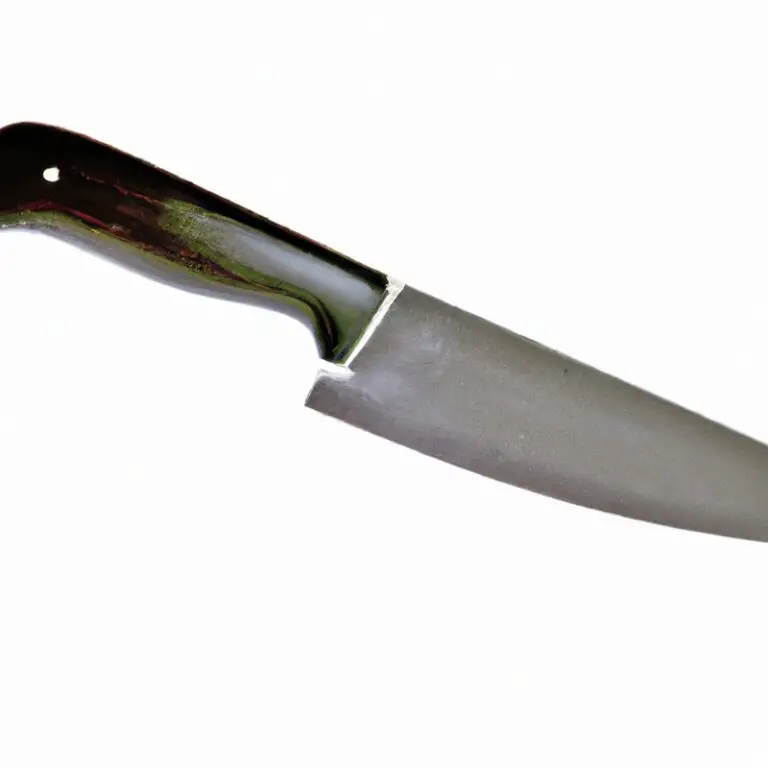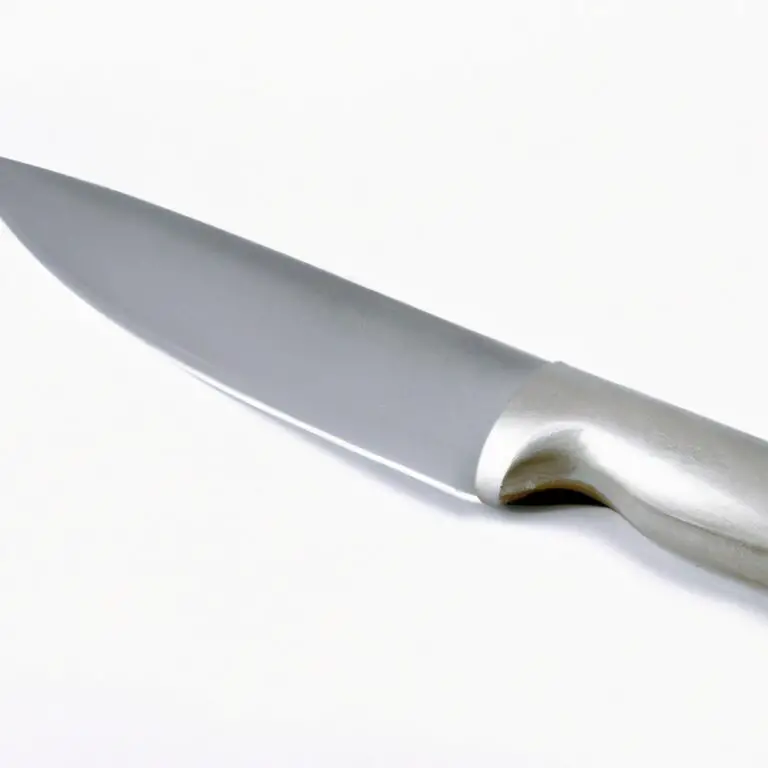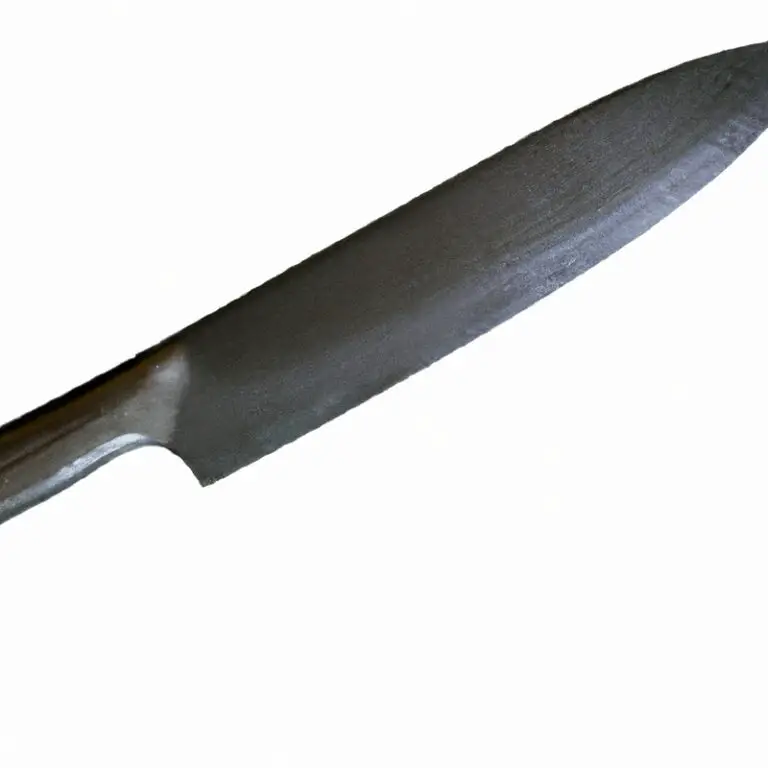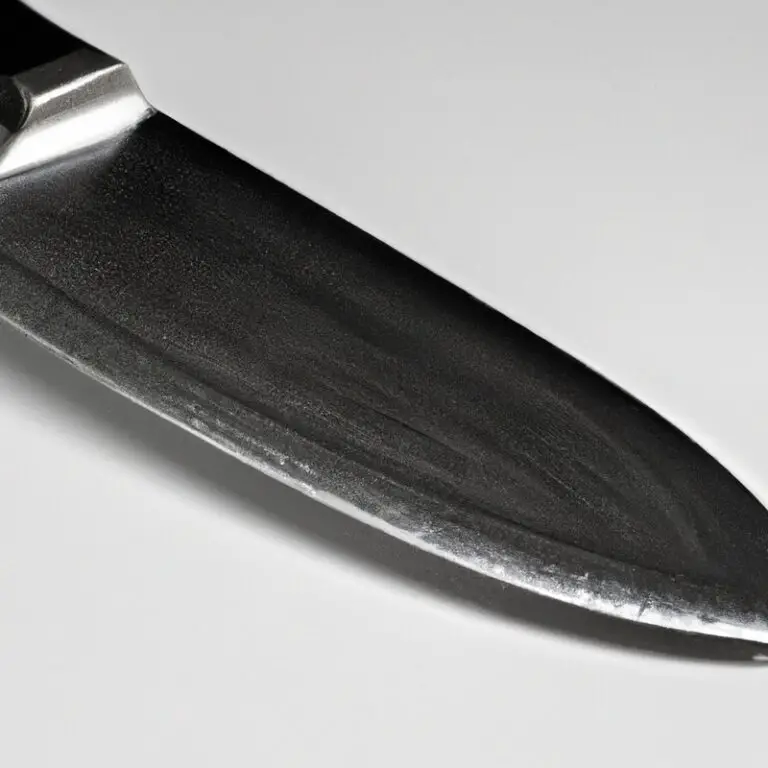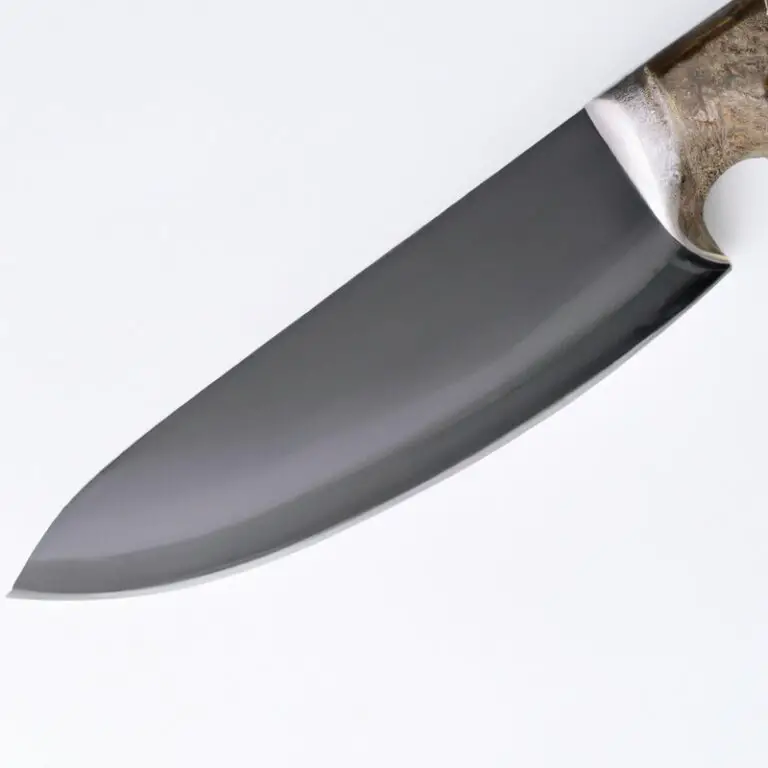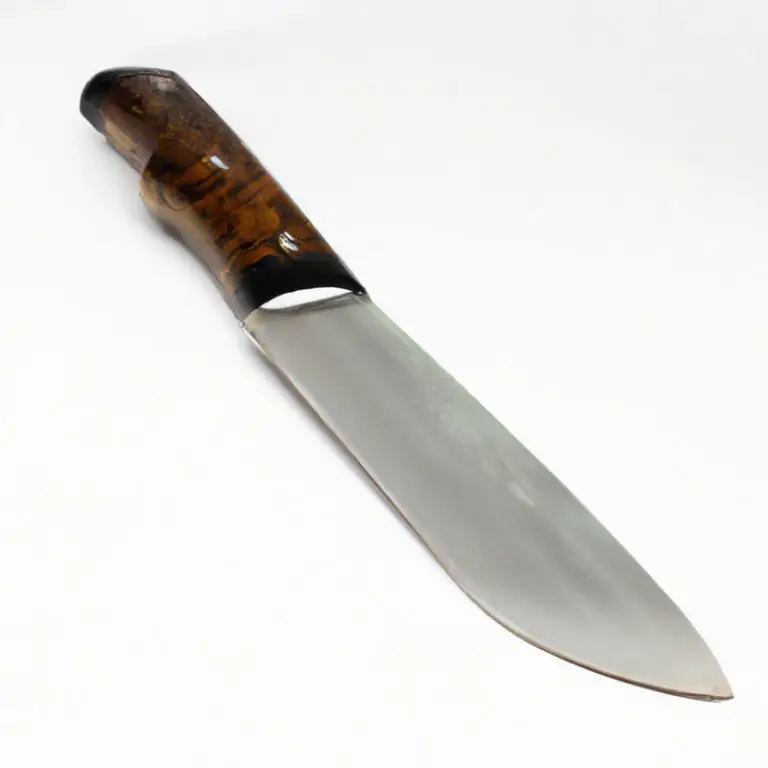How To Hold a Fillet Knife Properly For Precise Cuts? Master Your Filleting Skills!
Key Takeaways:
- Proper knife grip is crucial for precise fillet cuts, making safety and accuracy top priorities.
- Correct hand placement and grip technique, along with a sharp blade, can elevate your filleting skills.
- Remember to use a slicing motion rather than a sawing motion to maintain the fish’s structure and texture.
- Practice and repetition will enable you to master this technique and become a skilled fillet knife user.
Preparing fish can be a daunting task. And, without proper filleting techniques, it can quickly turn into a disaster.
Whether you’re an expert or a beginner, we all could use some pointers on how to hold a fillet knife properly for precise cuts.
From understanding the anatomy of a fillet knife to the basic grip techniques, this blog post will provide you with practical tips to master the art of filleting. With a bit of practice and patience, you’ll be filleting fish with ease in no time.
So, let’s explore together!
| Step | Description |
|---|---|
| 1 | Hold the handle of the fillet knife with your dominant hand and place your index and middle fingers on top of the handle to provide extra control. |
| 2 | Place your thumb on the spine of the blade, and wrap your remaining fingers around the handle. |
| 3 | Ensure that the blade is perpendicular to the cutting surface and hold the fish or meat with your non-dominant hand. |
| 4 | Make an initial cut, using the tip of the blade to puncture the skin, and then angle the blade for a smooth, continuous cut along the bone or flesh. |
| 5 | Continue making precise cuts, keeping the blade close to the bone or skin while guiding the blade with your non-dominant hand. |
Understanding the Anatomy of a Fillet Knife
To effectively handle a fillet knife, it is important to understand its anatomy. A fillet knife has a long, narrow blade with a tapered end that allows it to cut through meat and fish with precision.
The blade is thin and flexible, allowing it to move around bones and contours.
The handle is usually designed to provide a firm grip and often has a knurled or textured surface to prevent slippage and ensure comfort. Understanding the anatomy of a fillet knife is crucial for optimal performance and safety.
Choosing the Right Fillet Knife for the Task
Choosing the right fillet knife for the task is crucial in ensuring precise cuts when filleting fish. The size of the knife should match the size of the fish being prepared, with smaller knives being suitable for small fish, and larger ones for bigger fish.
A flexible blade is ideal for filleting, allowing for easier maneuvering around bones and curved surfaces.
In addition, consider the handle material, with non-slip and comfortable handles being preferred for better grip and accuracy. Finally, invest in a high-quality fillet knife that will last longer and perform consistently, rather than opting for a cheaper, low-quality option.
Importance of Grip and Comfort for Precision Cuts
Having a proper grip and comfortable hold on a fillet knife is crucial for achieving precise cuts. A secure grip ensures that the knife remains stable during use, reducing the risk of slips and cuts.
Additionally, a comfortable grip minimizes fatigue and pain, allowing you to work for extended periods without sacrificing accuracy.
When choosing a fillet knife, look for one with a handle that fits comfortably in your hand and provides a secure grip, even when it’s wet or slimy. Experiment with different grip techniques to find what works best for you, and consider using gloves for added comfort and protection.
Remember, a secure and comfortable grip is the foundation for successful filleting.
The Basic Grip for filleting – Thumb and Index Finger Placement
The basic grip for filleting involves placing your thumb and index finger on the blade and handle, respectively. This grip allows for proper control and flexibility for precise cutting.
Place your thumb on the spine of the blade, and your index finger on the handle directly behind the blade.
Your other fingers should curl around the handle to provide support and balance. Avoid gripping the handle too tightly, as this can reduce your control and increase the chances of slipping.
With this grip, you can make smooth and accurate cuts while minimizing the risk of injuries.
Advanced Grip Techniques for Improved Flexibility and Control
To take your filleting skills to the next level, utilizing advanced grip techniques can greatly improve your flexibility and control while working with a fillet knife. One such technique includes the “choke-up” grip, where you grip the blade of the fillet knife with your thumb and index finger, leaving the handle free for additional movement.
This grip allows for greater flexibility and precision in smaller or detailed cuts.
Another advanced grip technique is the “handle grip,” where you grip the handle in a reverse orientation from the basic grip, with your thumb on the blade side and your index finger on the opposite side of the handle. This grip can provide greater leverage and strength for larger cuts and can improve control when filleting larger or tougher fish.
Remember, practicing these advanced grip techniques will take time and patience to master, but they can greatly improve your filleting skills and provide greater control and flexibility while working with a fillet knife.
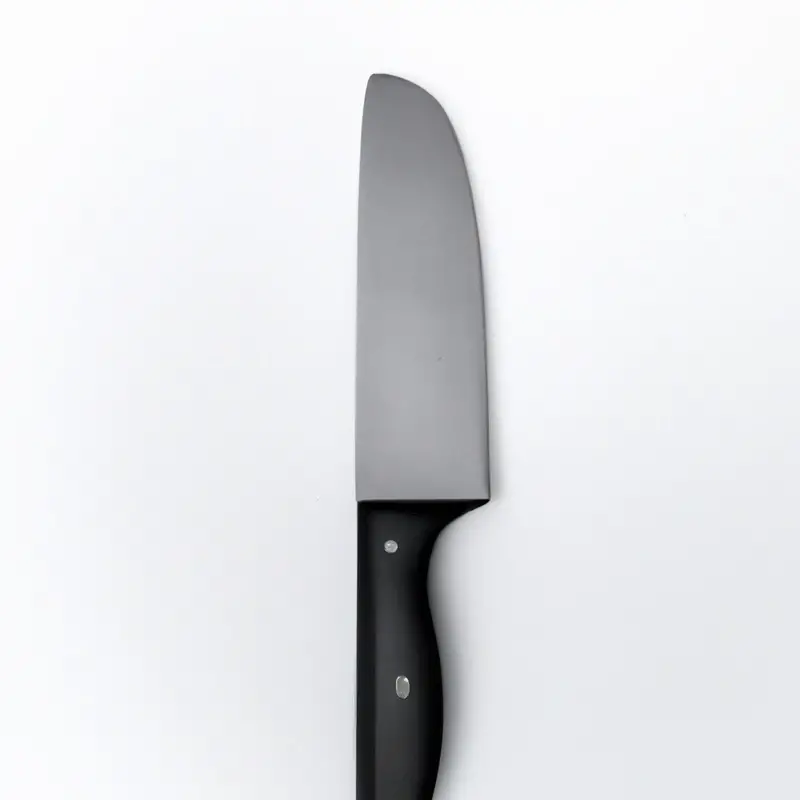
Proper Angling for Optimal Blade Movement and Cutting Efficiency
Proper angling is crucial for optimal blade movement and cutting efficiency when using a fillet knife. For optimal results, it is recommended to hold the knife at a 15-20 degree angle while filleting.
To achieve this, rest the blade against the fish’s bones and use a sweeping motion to separate the flesh, making sure to keep the angle consistent throughout the cut.
Additionally, it is essential to maintain a steady grip and apply adequate pressure to avoid slipping or mishandling the knife. With practice, proper angling will become second nature, resulting in cleaner and more precise cuts.
Maintaining and Honing your Fillet Knife for Consistent Performance
To maintain the consistent performance of your fillet knife, it’s essential to keep it sharp and in good condition. Regularly honing the blade with a sharpening stone or honing rod can help remove any dull edges and keep the knife’s edge straight.
Additionally, you should clean and dry your fillet knife after each use to prevent rust and corrosion.
Avoid using abrasive materials or harsh detergents that could damage your knife’s blade. Proper maintenance can extend the lifespan of your fillet knife and ensure its optimal performance whenever you need to fillet fish.
Safety Precautions to Consider While Handling a Fillet Knife
When handling a fillet knife, it’s crucial to prioritize safety to avoid accidents and injuries. Here are some safety precautions to consider:
- Always use a sharp knife: Dull knives require more force to cut and are more likely to slip, leading to potential injuries.
- Keep your fingers away from the blade: When holding the knife, make sure your fingers are positioned away from the blade to avoid accidental cuts.
- Use a stable cutting surface: To prevent the knife from slipping, use a stable cutting surface such as a cutting board.
- Concentrate on the task: Avoid distractions while using the fillet knife to maintain focus and prevent accidents.
- Keep the knife clean and dry: Clean the knife after use and dry it thoroughly to prevent rusting and bacterial growth.
By taking these safety precautions into consideration, you can safely handle a fillet knife for precise cuts without any mishaps.
Top Mistakes to Avoid While Handling a Fillet Knife for Precision Cuts
When using a fillet knife for precision cuts, there are certain mistakes that should be avoided to prevent injury and ensure optimal performance. These include:
- Incorrect Grip: Holding the knife too tightly or too loosely can affect your control and accuracy. It is recommended to use a comfortable grip with your thumb and index finger placed on opposite sides of the handle.
- Using Dull Blades: A dull blade can lead to uneven cuts and require more force, increasing the risk of injury. Ensure your knife is properly sharpened before use.
- Wrong Angle: To achieve optimal performance, it’s important to maintain the proper angle between the blade and the cutting surface. An incorrect angle can cause tearing, resulting in damaged meat.
- Rushing: Trying to fillet too quickly can cause mistakes and lead to uneven cuts or injury. Take your time and make deliberate, precise movements.
By avoiding these common mistakes, you can improve your performance and achieve more precise cuts with your fillet knife.
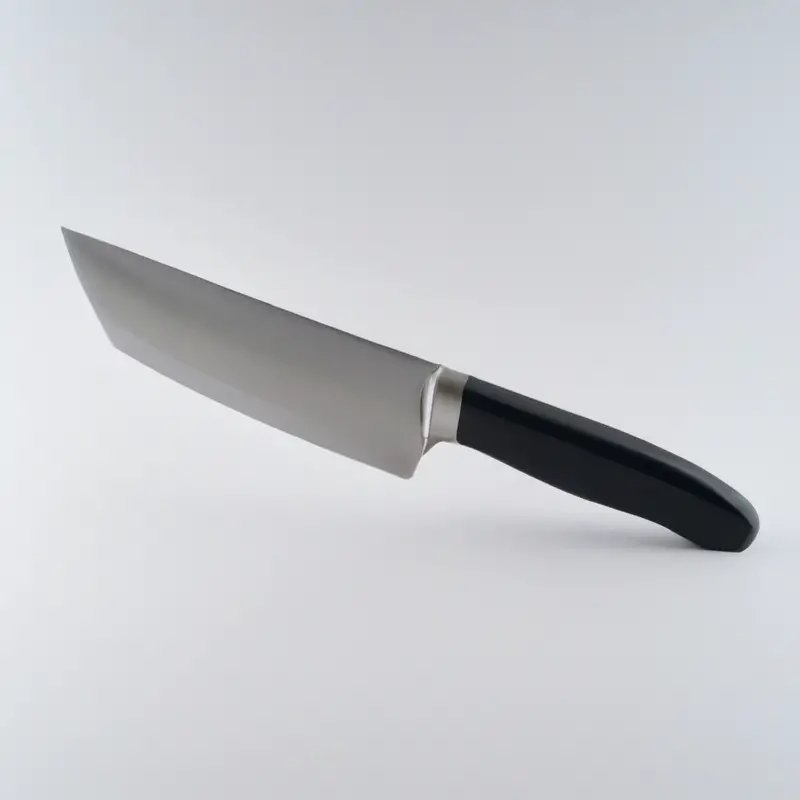
Practical Tips and Techniques for Mastering the Art of Filleting
Practical Tips and Techniques for Mastering the Art of Filleting:
- Use a sharp knife- A dull blade will make it difficult to make precise cuts and lead to the tearing of meat.
- Cut against the grain- Slicing against the grain ensures tender and more comfortable to chew cuts of meat.
- Utilize the right knife strokes- Know how to use short and long strokes, and how to slice, chop, and trim.
- Keep the fish steady- To make precise cuts, keep your fish in place by applying firm pressure with your non-cutting hand.
- Practice good posture- Stand with your feet shoulder-width apart, your knees bent, and your back straight.
- Use a clean, flat work surface- Always use a clean, stable surface to prevent slipping or injuring yourself.
- Patience is key- Take your time, and allow the knife to do the work for you, rather than forcing it.
Remember, mastering the art of filleting takes time and practice, but with these tips, you’re on your way to becoming a pro!
Final Verdict
Holding a fillet knife properly is crucial for achieving precise cuts when filleting. Understanding the anatomy of the knife, choosing the right knife, and using appropriate grip techniques are essential for ensuring precision and control.
It is also important to maintain and hone your knife regularly and to consider safety precautions while handling it.
By avoiding common mistakes and implementing practical tips and techniques, you can master the art of filleting like a pro. Remember, with the right knowledge and skills, anyone can become an expert at handling a fillet knife.
So, choose your knife wisely, practice your grip techniques, and always prioritize safety to achieve consistent and precise cuts every time.

